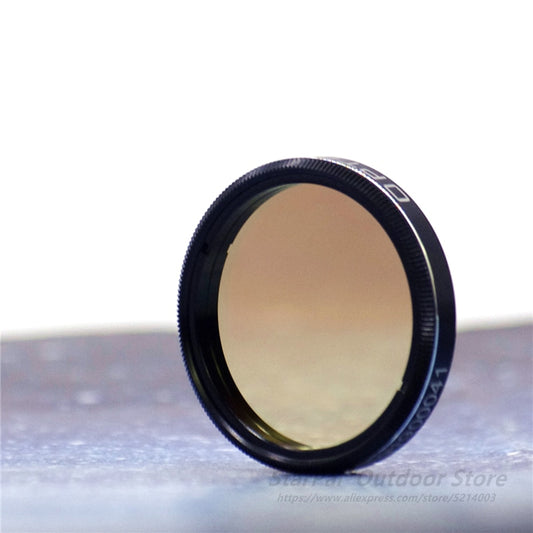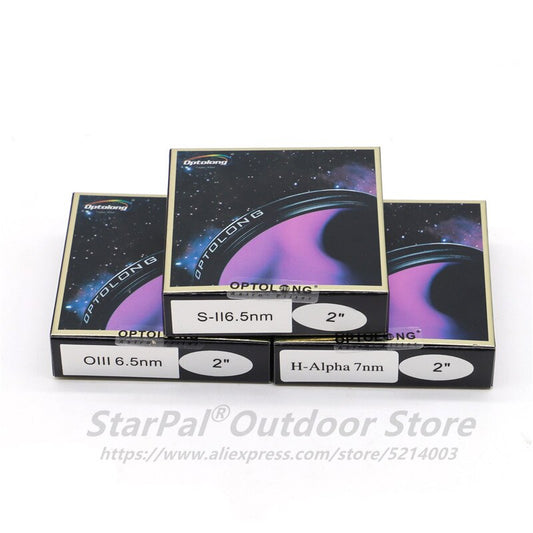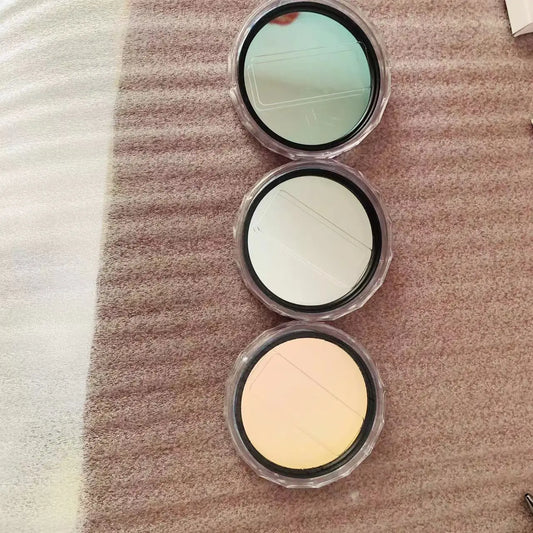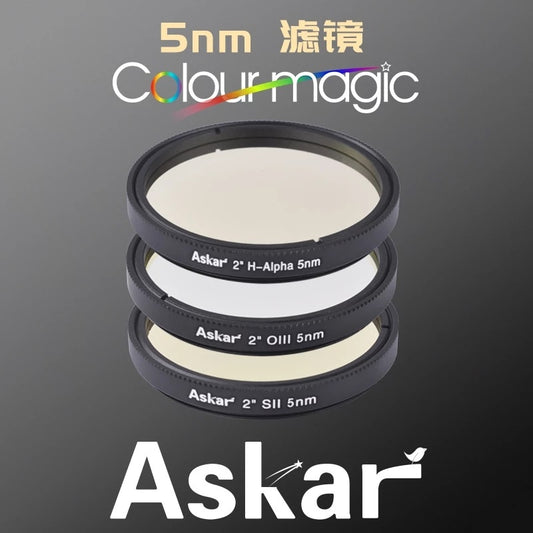SHO
SHO, in the context of astrophotography, refers to a specific combination of filters used to capture images in a technique known as narrowband imaging. The term "SHO" stands for the three main narrowband filters typically employed: Sulfur-II (SII), Hydrogen Alpha (Hα), and Oxygen-III (OIII). These filters isolate specific wavelengths corresponding to the emission lines of ionized sulfur, hydrogen, and oxygen in the night sky.
When astrophotographers use the SHO technique, they capture images using each of these filters separately. By doing so, they can highlight different elements of a celestial object, such as nebulae, which are often rich in these specific emissions. The resulting images are then combined or mapped to color channels (SII to red, Hα to green, and OIII to blue), creating a final composite image that accentuates various features and details in the target area.

The SHO palette is particularly popular for capturing nebulae, as it allows astrophotographers to emphasize different chemical elements and structures within these cosmic clouds. Each narrowband filter reveals specific information about the composition and dynamics of the nebula, providing a more comprehensive and visually striking representation.
SHO Wavelength
The SHO (Sulfur, Hydrogen, and Oxygen) narrowband imaging technique is a popular method in astrophotography for capturing deep-sky objects, particularly nebulae. This technique involves using narrowband filters that isolate specific wavelengths of light emitted by ionized gases in space. Each filter corresponds to a specific element: Sulfur II (SII) for red, Hydrogen-alpha (Hα) for green, and Oxygen III (OIII) for blue.
The wavelengths associated with these narrowband filters are as follows:
-
Sulfur II (SII): The SII filter captures light emitted by ionized sulfur atoms. The wavelength for Sulfur II is typically around 672.4 nanometers, falling within the red part of the electromagnetic spectrum.
-
Hydrogen-alpha (Hα): The Hα filter captures light emitted by ionized hydrogen atoms. The wavelength for Hydrogen-alpha is approximately 656.28 nanometers, placing it in the red portion of the spectrum as well.
-
Oxygen III (OIII): The OIII filter captures light emitted by doubly ionized oxygen atoms. The wavelength for Oxygen III is generally around 500.7 nanometers, falling within the blue-green part of the spectrum.
In the SHO imaging technique, these narrowband images are then mapped to the RGB channels, with SII assigned to the red channel, Hα to the green channel, and OIII to the blue channel. This mapping produces a false-color image where different elements in the nebula are represented by distinct colors. For example, sulfur-rich regions appear red, hydrogen-rich areas appear green, and oxygen-rich regions appear blue.
The SHO palette enhances the visibility of different structures and emissions in nebulae, providing astrophotographers with a powerful tool to reveal intricate details that may not be as prominent in standard RGB or broadband images. This technique is particularly useful in capturing the delicate and complex features of emission nebulae, such as the iconic Eagle Nebula (M16) or the Veil Nebula (NGC 6992/6995).
In summary, SHO narrowband imaging is a powerful technique that allows astrophotographers to create vibrant and detailed images of celestial objects, emphasizing the unique contributions of Sulfur-II, Hydrogen Alpha, and Oxygen-III emission lines in the cosmos. This method not only enhances the visual appeal of the images but also provides valuable scientific insights into the composition and processes occurring in the vast reaches of space.











